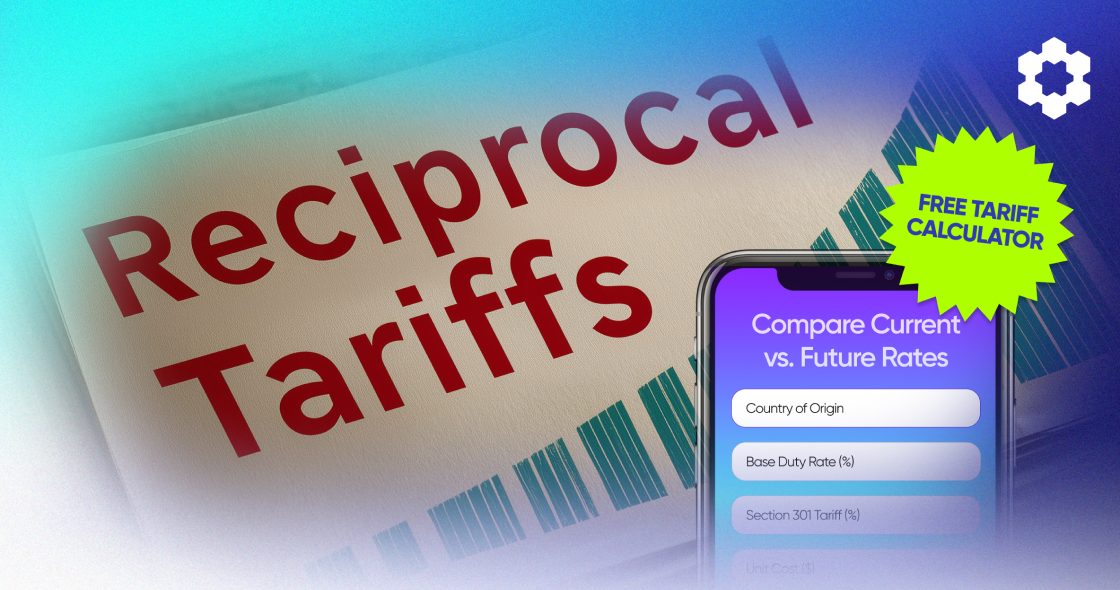Understanding Amazon Tariffs: How They Affect Your Business Costs and Strategies
The world of e-commerce is constantly evolving, and as more businesses turn to platforms like Amazon to reach global customers, understanding the intricacies of amazon tariffs becomes crucial. In this blog post, we will delve into what Amazon tariffs are, how they can affect your pricing, and effective strategies to navigate these changes while optimizing your n8n workflows for efficiency.
What Are Amazon Tariffs?
Amazon tariffs refer to the taxes imposed on goods imported to the United States from other countries that sellers need to consider when pricing their products. These tariffs are set by the U.S. Customs and Border Protection (CBP) and are influenced by various international trade agreements and disputes. Tariffs can significantly impact the total cost of goods sold, affecting profit margins and ultimately, pricing strategies.
The Importance of Understanding Amazon Tariff Prices
With the complexity of international trade regulations, having a clear understanding of amazon tariff prices is essential for any seller engaged in cross-border e-commerce. Depending on the product category and its country of origin, tariffs can vary widely. For instance, electronics from certain countries may attract higher tariffs than apparel or household goods. Consequently, businesses must factor these costs into their pricing models to remain competitive while maintaining profitability.
Amazon Tariffs and the De Minimis Rule
One of the key points for U.S. sellers to understand is the de minimis rule, which allows goods valued at less than $800 to be exempt from tariffs. This can be especially advantageous for small and mid-sized sellers shipping lower-cost items. Leveraging this knowledge can help sellers avoid unnecessary tariff costs, thereby enhancing profit margins.
How Are Amazon Tariff Prices Calculated?
To calculate tariffs, businesses need to know the Harmonized Tariff Schedule (HTS) code for their products. This code classifies traded products and determines applicable tariff rates. It’s essential for businesses to accurately classify their products; misclassification can lead to compliance issues or unexpected costs. Additionally, tariffs are calculated based on the cost of the goods, insurance, and freight (CIF).
Strategies for Managing Amazon Tariffs
To manage the impact of amazon tariffs on your business, consider adopting the following strategies:
- Stay Informed: Regularly check updates from the CBP and trade news to stay on top of tariff changes that may affect your business.
- Negotiate with Suppliers: Work with suppliers to determine the best sourcing strategies that minimize tariff impacts, including exploring alternative suppliers from countries with lower tariffs.
- Optimize Pricing Models: Reassess your pricing strategies regularly to ensure they accommodate for fluctuating tariff prices while keeping your products competitive in the marketplace.
- Utilize n8n for Workflow Automation: Streamline your tariff management processes using n8n workflows. Automate data collection related to tariffs, pricing adjustments, and compliance checks to maximize efficiency and accuracy.
Leveraging AI Consulting to Navigate Tariff Challenges
Engaging with AI consulting can further enhance your ability to navigate the complexities of tariffs. AI solutions can analyze market trends, predict tariff impacts based on historical data, and suggest optimal business strategies. By integrating AI into your decision-making processes, you can make data-driven choices that minimize costs and maximize profitability.
Future Outlook on Amazon Tariffs
As trade negotiations evolve, the landscape of Amazon tariffs is likely to change. Businesses must remain agile and ready to adapt to new regulations that can emerge. Keeping an eye on legislative changes and market trends will be crucial to sustaining success in the global market.
Conclusion
Understanding and navigating amazon tariffs is not just a necessity for compliance; it’s a strategic imperative for any seller on Amazon. By actively managing your tariff-related costs and optimizing your workflows using tools like n8n, your business can thrive in an increasingly competitive environment. Ensure you are informed, agile, and ready to adapt to the ever-changing landscape of international trade. For detailed insights, make sure to visit the comprehensive guide available at Carbon6.








